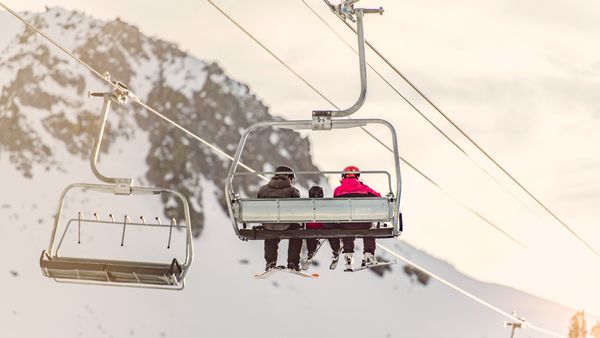Can you see the green fingers pointing to the sky?
What plant is it, Grandma, please do reply!
A sturdy grass, tall and emerald green, said Grandma.
With five finger-like spikes of grain; it is the ‘finger millets’ that blooms in abundance, even regions with little rain
Who doesn’t love a rhyme? You will find plenty of them, along with illustrations of children, parents and grandparents cooking together in the recently-launched book Millets for Children edited by Vijaya Chakravarty , Sweedle Cerejo-Shivkar, and Susan Eapen, brought out by the Indian Women Scientists’ Association as part of their Golden Jubilee celebrations.
“Many books have been written on millets but none focussed on children. Children are our future and unless they relish millets, there can be no future for these ancient grains,” explains Vijaya. The book, which started off as a cookbook with nutritional analysis of recipes, turned into something fun, packed with information, cartoons, collages, and rhymes, she adds.

While previous books brought out by the IWSA had contributions only from members, Millets For Children has contributions by culinary experts, hoteliers, cookbook authors from India and abroad. Vijaya explains that they invited contributions from the public and people across the globe, including college students, their faculty, research scholars, their PhD guides, and children pitched in.
There are 96 recipes including those from chefs from India such as Rohit Sangwan, Surendra Khambra, Amit Chodhury, and Thomas Zacharias, apart from Russia, Uzbekistan, Kyrgyzstan, and Kazakistan who participated in the Millets Food Festival of the member countries of Shanghai Cooperation Organization (SCO) organised by the Ministry of Tourism earlier this year. Besides chefs and culinary enthusiasts, the book features notes from scientists, nutritionists and culinary researchers, providing statistics and nutritional analysis of the recipes.
“As the book progressed, we understood that to promote millets, dietary changes had to be made in family meals; hence all generations must be educated, enthused and encouraged to use millets,” she points out. Do-it-yourself pictorial recipes were later added to stimulate children’s imagination.
Vijaya elaborates that the book was to promote nutrition-dense, medicinal and climate-smart millets in a fun way. As a start, a millet mascot was created. “For our millet mascot, we had a storyline and a familiar figure everyone can associate with: the monkey. Monkeys evoke feelings of playfulness and joy. In India, the monkey is also associated with Hanuman and reflects strength and smartness. That was how we wanted people to see millets, fun to eat and at the same time provides nutrition”. The mascot, illustrated by Kathik Nakkana, takes 11 avatars, and brings out the health benefits of each millet.
“Not only is it healthy for the family to eat together but cooking together is a fun activity. Hence the illustration of Katie Bagli shows people of all ages cooking together,” she explains. The book attempts to take children back to the roots, and rekindle memories of people who grew up eating millets.
The IWSA is an all India social welfare, voluntary, non-profit organisation started by 12 women scientists to promote science in the community and help women in science. It has 11 branches spread across India and has brought out 16 publications. Millets for Children is available for a donation of ₹500 to IWSA plus ₹100 for shipping. Write to millet.tales@gmail.com or call 98704 81887/ 98208 36839.







